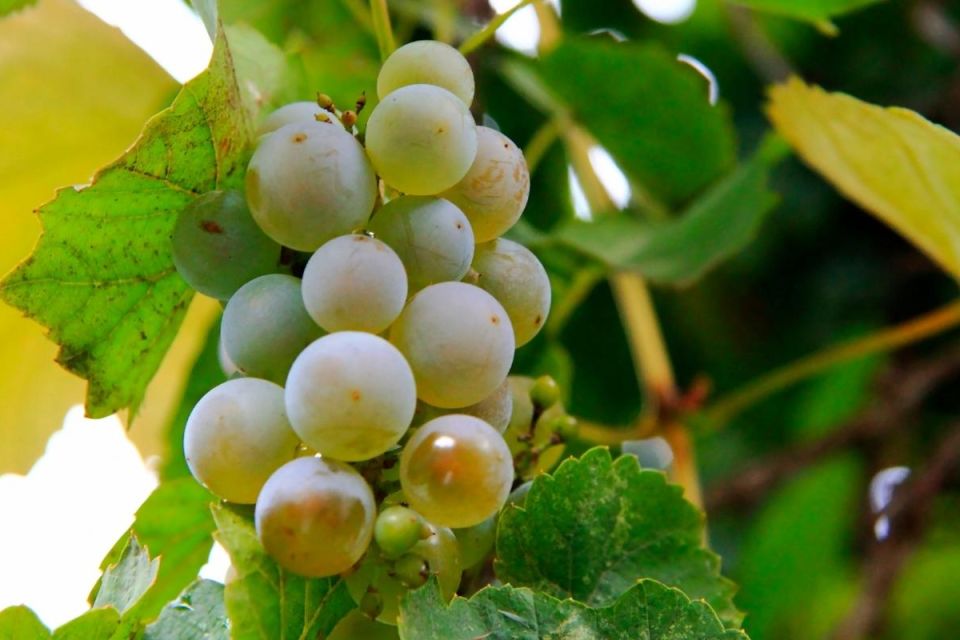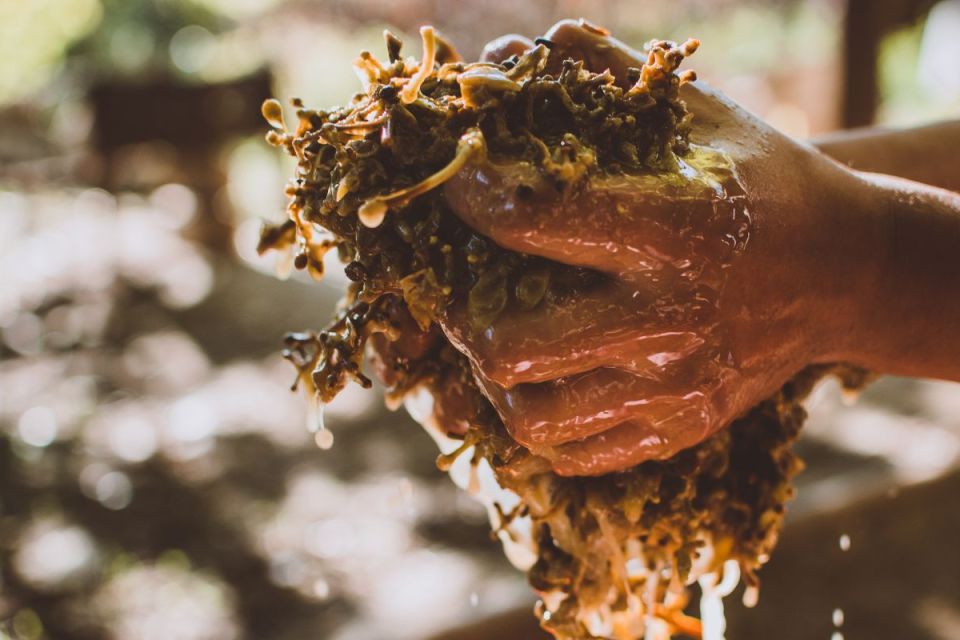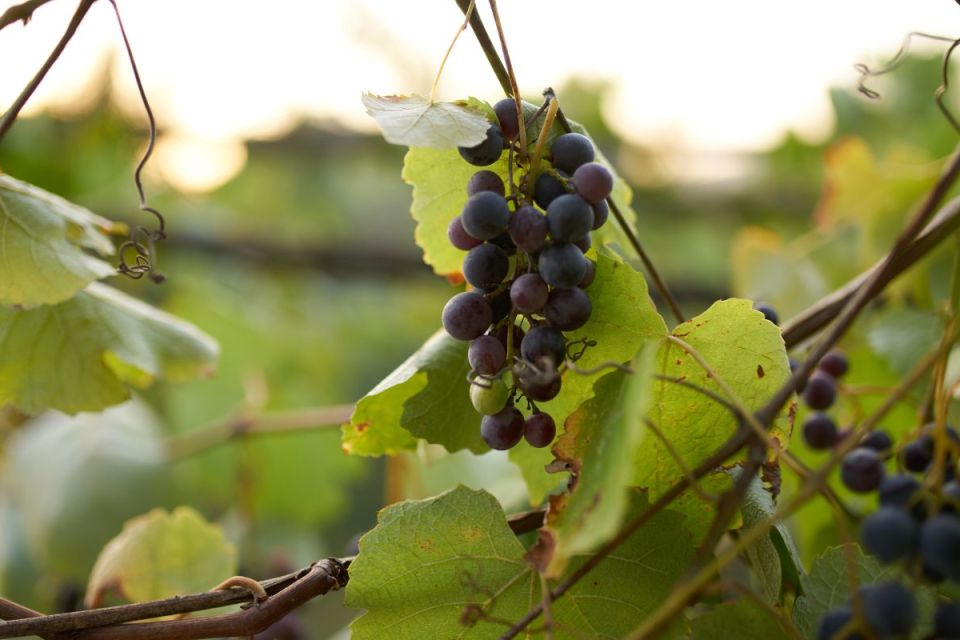Your Mini Basket
Chenin Blanc is a white grape variety that is grown throughout the world, most notably in the French Loire Valley and South Africa. It’s a variety that produces a wide range of styles, from sparkling wines and lean, dry whites to sweet, golden nectars and brandy. The grape itself provides a fairly neutral palate, being able to flaunt the expression of terroir, vintage variation, and the winemaker’s treatment.
In South Africa, Chenin (also called Steen) is the most widely planted variety. It is sometimes blended with Semillon, Viognier, and Marsanne to make a richer-styled wine similar to an oaked Chardonnay. It can also blended with Sauvignon Blanc to create a fresh and zesty dry wine.
The Loire Valley is much cooler in climate. The high acid, less ripe grapes make a great base for sparkling (Crémant de Loire). Riper grapes are used in the richly aromatic, off-dry styles (Vouvray). Finally, at the end of the harvest season, the last grapes picked are beyond ripe or affected with noble rot, which concentrates the grapes’ sugars, lending rich flavours of marmalade, ginger, and saffron. These late harvest grapes go into the famous sweet wines of the region, including Quarts de Chaume and Bonnezeaux.




